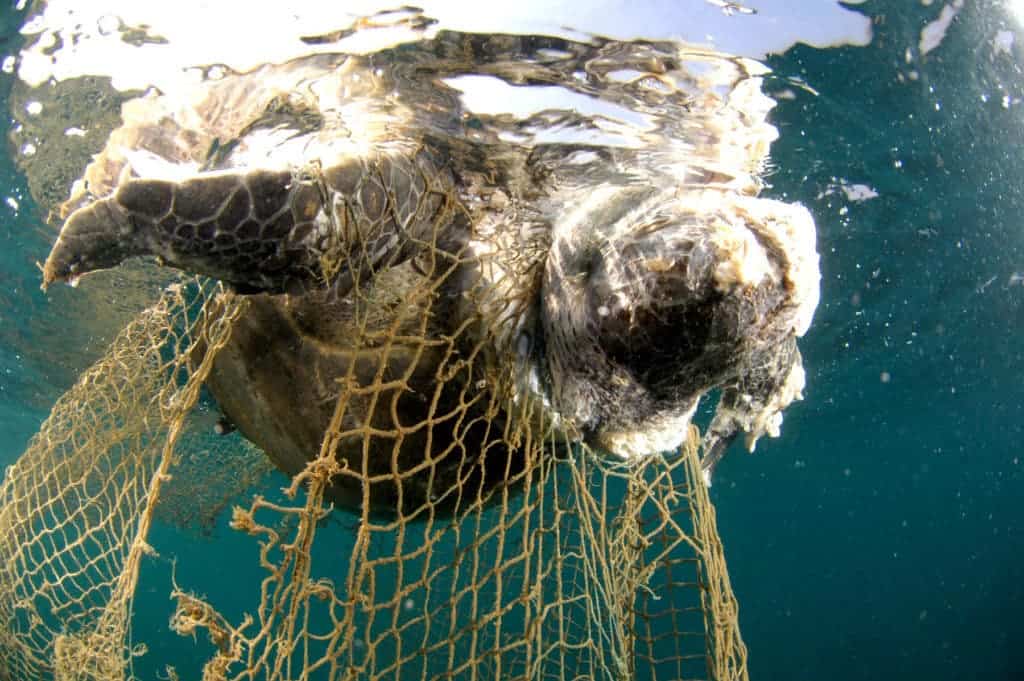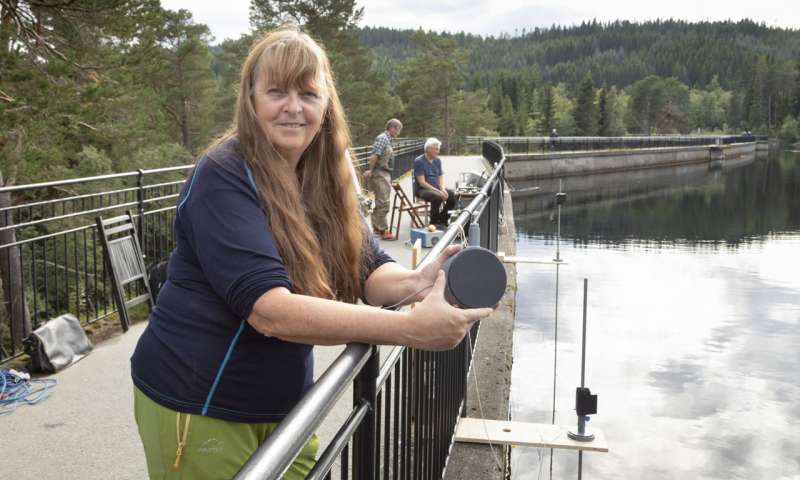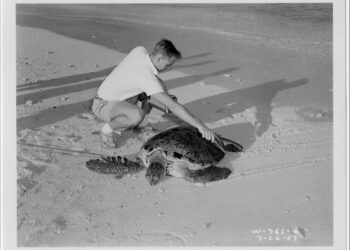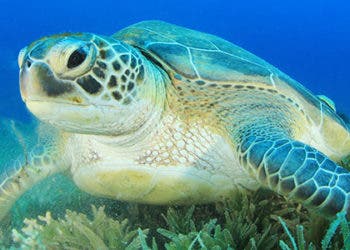Ghost nets, nets that have been abandoned or lost at sea, kill a great number of animals every year. A small device, developed in Norway, can help tackle that problem.

Fishing nets have long lives, and are quite sturdy over years, and sometimes even decades. It’s not uncommon for fishermen to lose nets at sea, or even abandon them and, aside from the direct pollution, these nets are very dangerous for virtually all sea dwellers. Because they’re almost invisible underwater, they can easily trap fish, dolphins, sea turtles, sharks, dugongs, crocodiles, seabirds, crabs, and other creatures; even the occasional human diver gets entangled in these nets, and this is the reason why scuba divers in some areas choose to have a cutter when they dive.
Of course, even when abandoned, the nets still act as intended: they trap creatures, cause lacerations, and eventually lead to starvation or suffocation (for creatures that need to return to the surface to breathe). According to an estimate, this kills over 650,000 creatures every year — so how could it be solved?
The problem with these ghost nets is that we don’t really know where they are. Presumably, local expeditions could be funded once in a while to go and retrieve these nets, but it’s essentially impossible to find them. Tagging them with conventional devices (transponders) makes the nets much more expensive. Transponders also use up a lot of power, which means that their batteries tend to have a short life. But Tone Berg, a researcher turned entrepreneur, believes he might have a solution.
“My first thought was that if anyone could take the initiative here, it would be my own institute, which spends its time developing all kinds of sensors and widgets”, says Berg who, for the moment at least, is an acoustics researcher at SINTEF Digital.
So Tone set up to design a much cheaper system which also uses less power — and she was able to do so.

The signaling device developed by the Tone and colleagues reflects signals from a tag attached to an object, such as a fishing net. The mechanism is somewhat similar to how modern card keys unlock security doors, but acts over a larger range. However, instead of using an electromagnetic signal, they use an acoustic signal. Odd Trandem, Tone’s colleague, explains:
“Our tag works in a similar way in that it changes the reflection of the acoustic signal according to a predefined pattern. This makes it possible to distinguish this reflection from those generated by other underwater objects. It can also read an ID code. It uses no energy to send out its own signal, and can therefore function for a long time powered by a very small battery.”
They tested PingMe (as the device was called), and everything worked as intended. The range of the signal is 500 meters, which is, in many cases, enough to find the net. When the key is not in the area, the tag remains silent, which allows it to save up that precious battery.
Berg and Trandem are so confident in their idea that they will soon quit their jobs at SINTEF to go into full-time entrepreneurship. They say that fishermen in Canada have already expressed interest in such a technology, and they aim to bring to an even greater market. Aside from allowing them to develop a sustainable business, this could, of course, help eliminate ghost fishing — one net at a time.
“Our aim is to bring the technology to the market, starting with the fisheries sector”, says Berg. “But we’ve also identified many other applications, including in the offshore sector”, she says. Berg has taken out a patent together with the research colleagues with whom she developed the concept.
Tonni Franke Johansen, who has also helped develop the technology, has chosen to remain as a research scientist at SINTEF.






